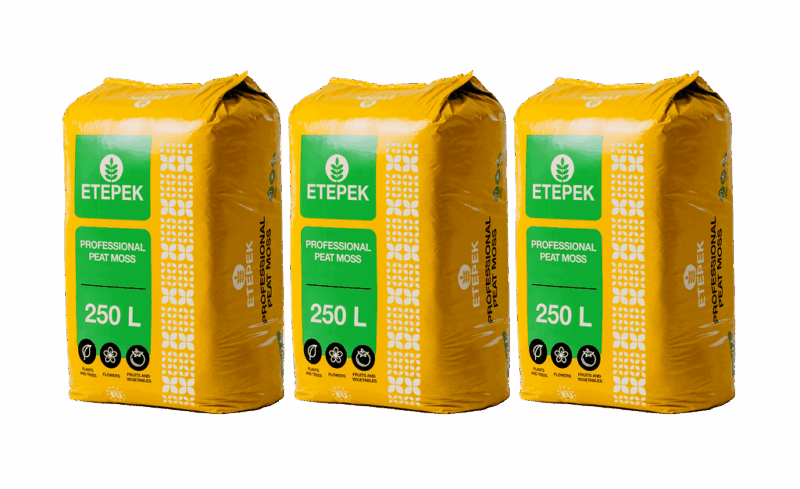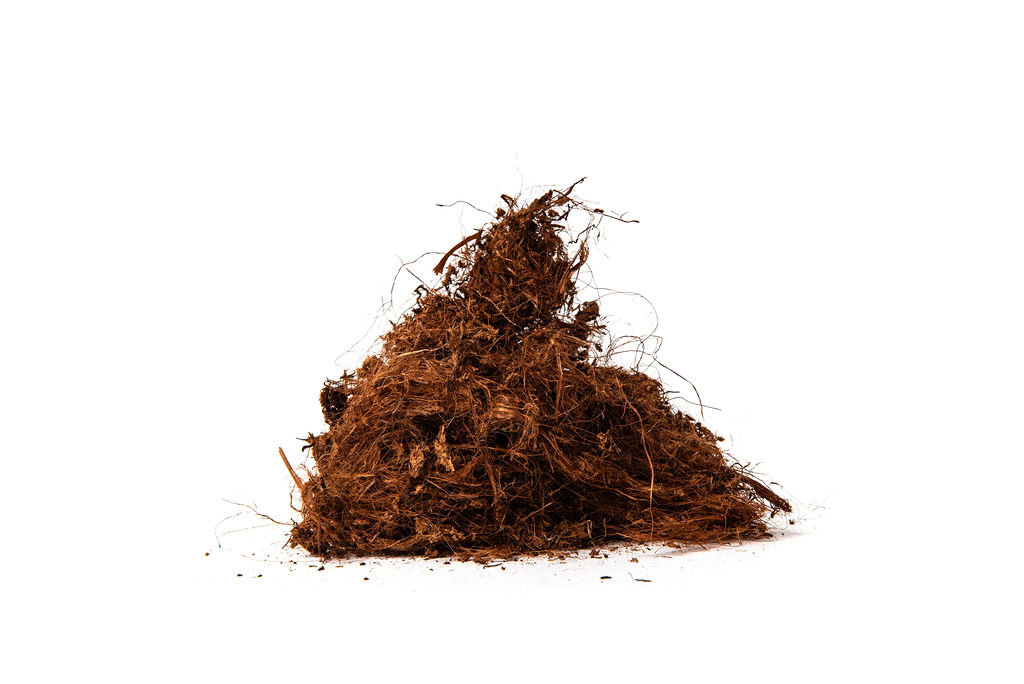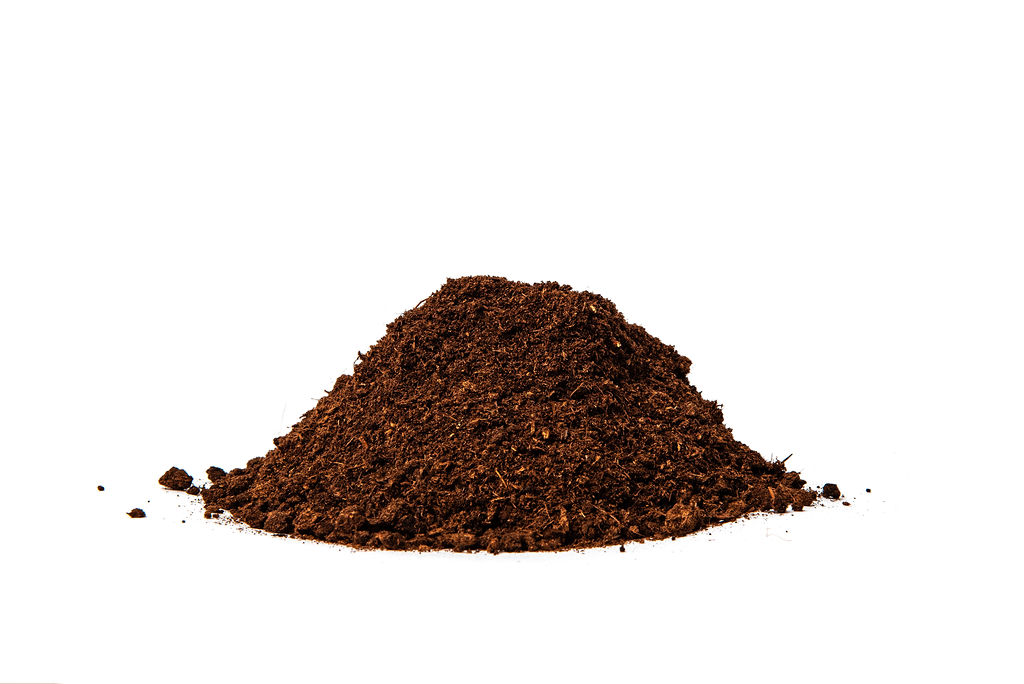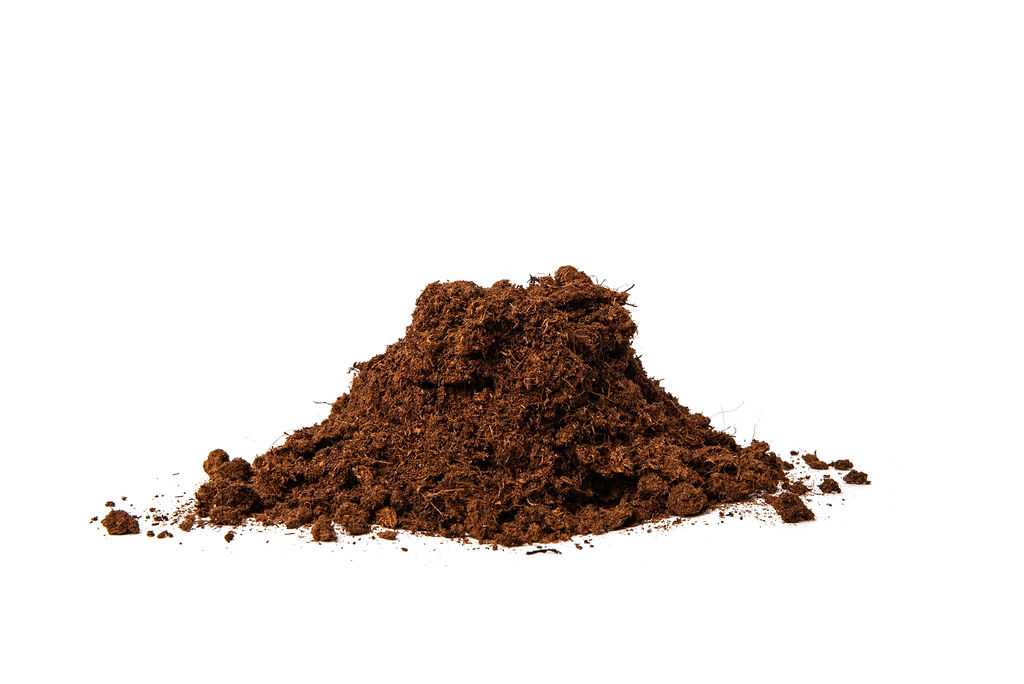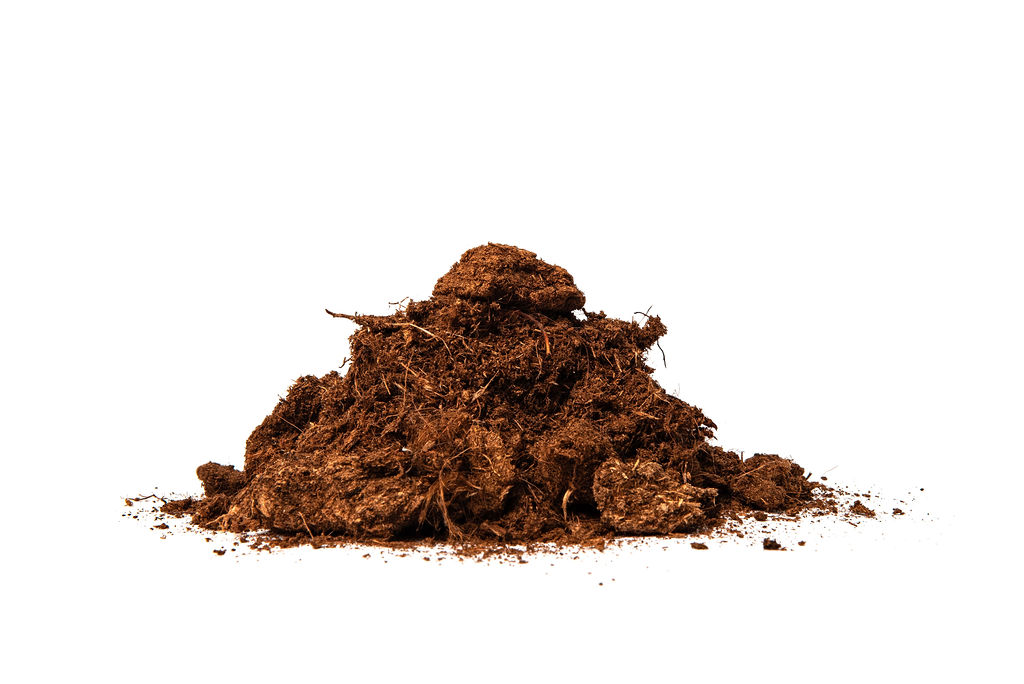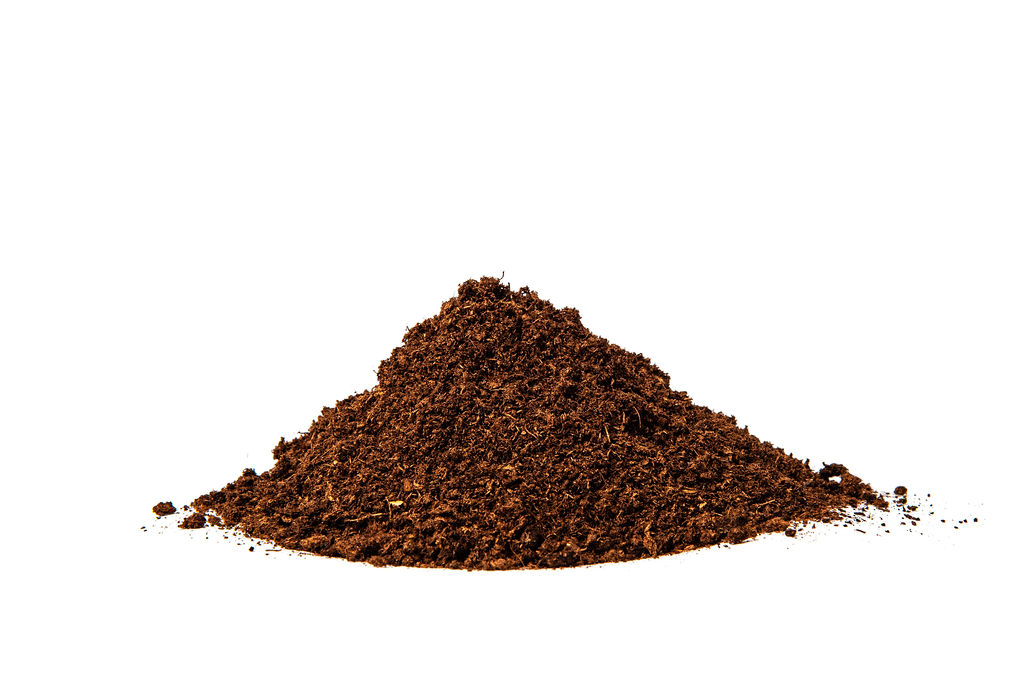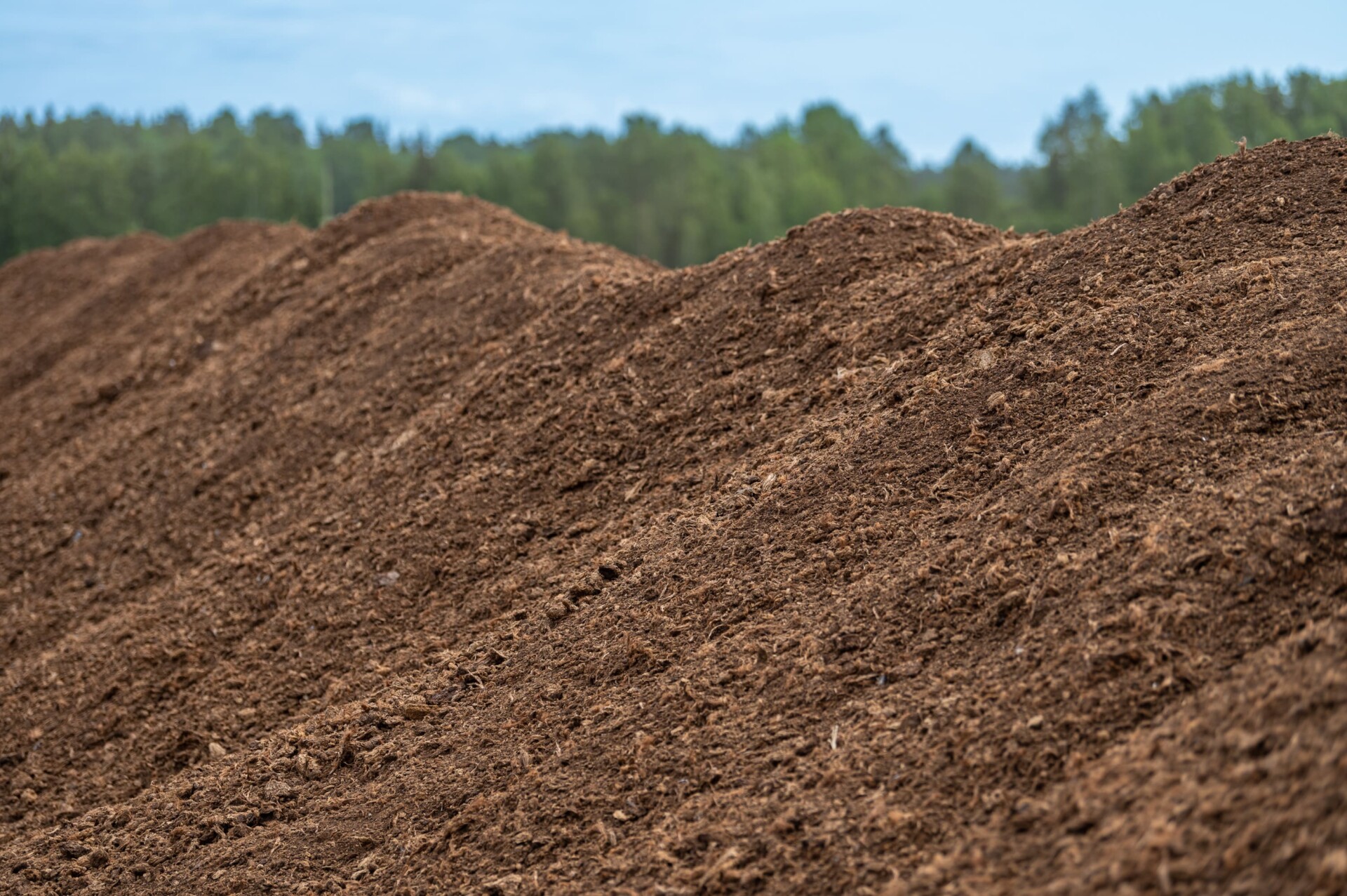
How Brown Peat Forms
Brown peat is located between the fresh, fibrous white peat at the surface and the highly decomposed, dense black peat found deeper down. Over centuries, sphagnum moss and other plant material in this middle layer decompose slowly, compressed by the weight of layers above but still within a low-oxygen, water-saturated environment. This unique combination of conditions creates brown peat’s spongy texture and increased organic content.
Compared to white peat, brown peat is denser and darker, signaling a more advanced decomposition level. While still holding air pockets, brown peat is better suited for established plants rather than seedlings. It provides structure and nutrition while balancing moisture, making it a choice medium for soil enrichment and supporting more mature root systems. Another defining feature of brown peat is its slightly higher pH, typically falling between 4.5 and 5. This mild acidity makes it suitable for a wide variety of plants.
Key Qualities of Brown Peat
1. Rich in Organic Matter
Brown peat’s moderate decomposition results in a higher organic content than white peat, providing a natural source of essential nutrients like humic and fulvic acids. These compounds improve nutrient uptake, boost soil fertility, and encourage healthier, more resilient root growth.
2. Enhanced Moisture Retention
Thanks to its denser, more spongy structure, brown peat holds moisture effectively and releases it gradually, creating a steady hydration source that keeps roots from drying out between waterings. This quality is particularly valuable for container gardens and raised beds, where balanced water distribution can be challenging.
3. Structural Stability for Longevity
Brown peat’s semi-decomposed form brings resilience to soil mixes, holding its texture through watering cycles without compacting. This stability creates a supportive environment for strong, deep root growth, making it a great choice for both enduring perennials and thriving seasonal plants.
Practical Uses for ETEPEK Brown Peat
- Soil Enrichment and Conditioning: Brown peat is perfect for breathing life into tired or compacted garden soil. Its nutrient-rich composition gradually improves soil health, boosting fertility and texture while also enhancing aeration so roots can spread easily and take in nutrients efficiently.
- Potting and Container Mixes: For potted plants and container gardens, brown peat offers steady moisture control that keeps roots hydrated without waterlogging. Its slightly denser structure supports root growth as plants mature, making it especially valuable for indoor setups or long-term plantings where water balance can be tricky to maintain.
- Landscape Gardening and Raised Beds: In raised beds and outdoor landscapes, brown peat brings both structure and resilience. Its spongy texture prevents soil compaction, even after repeated watering, creating a stable environment where roots can access moisture and nutrients more freely.
